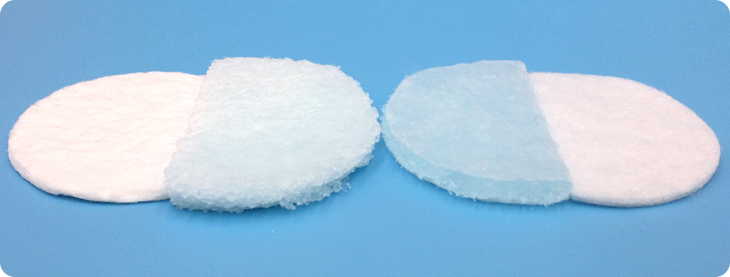Water absorbency, oil absorbency, adsorption, sound absorption, moisture absorption, moisture absorption and desorption, etc,
It demonstrates high absorbency in various scenes. We are proud of its high absorbency.
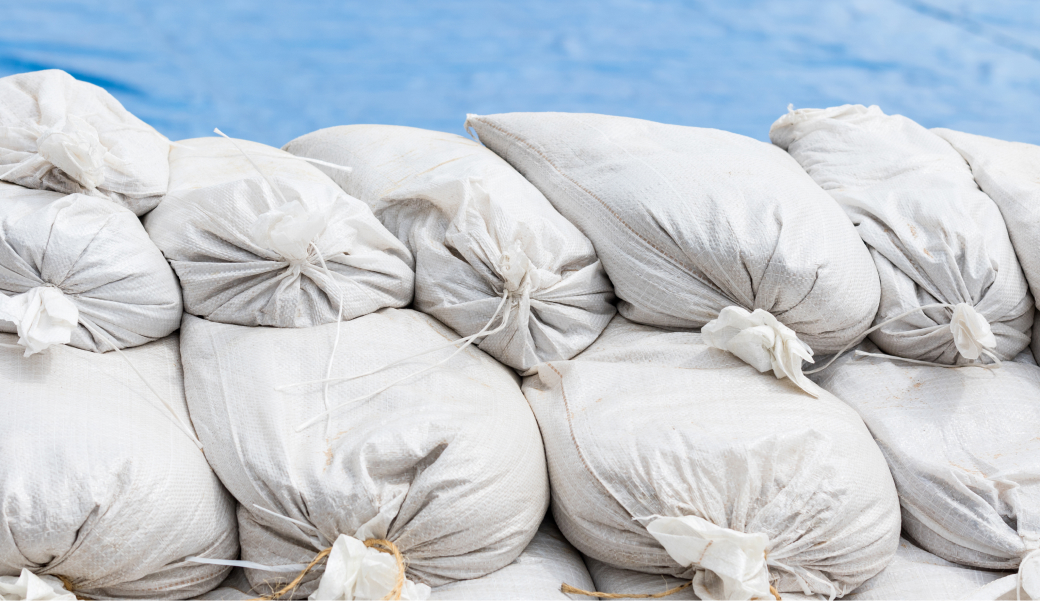
Absorption
Pulp is the fiber with the best cost performance for absorbency among fibers. Pulp air laid nonwoven fabrics, which use pulp as the main raw material, also vary in absorbency depending on the amount of pulp used. The water absorption ratio of pulp air laid nonwoven fabrics is as high as about 35 times its own weight, and the water absorption can be further increased by blending with super absorbent polymer (SAP) or super absorbent fiber (SAF). It is used in many fields, such as sandbag sheets, water shielding sheets, absorbents for panty liners and incontinence pads, and evaporation and humidification materials.
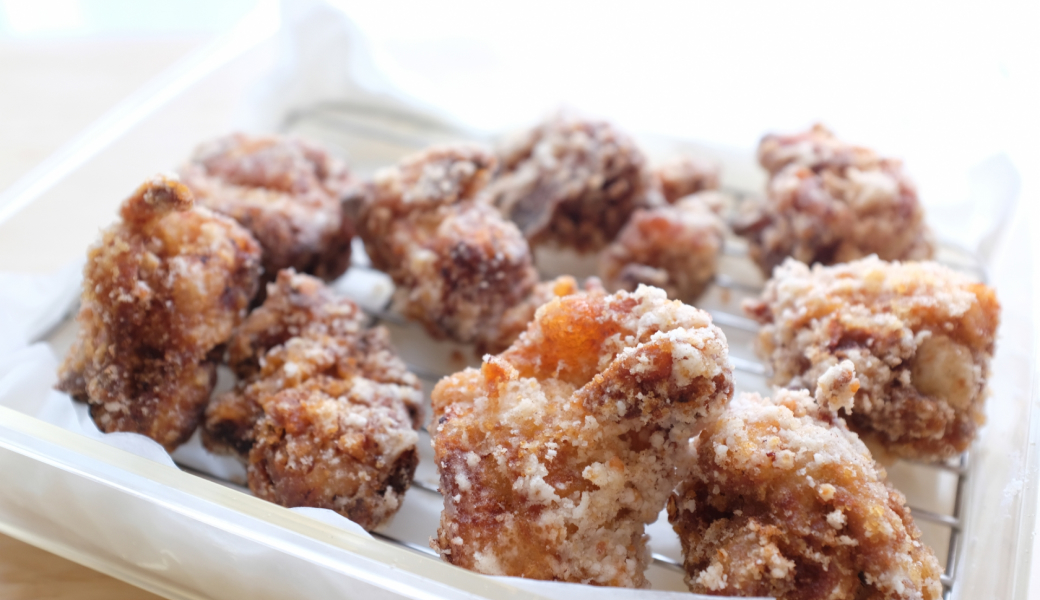
Oil Absorption
Pulp air laid nonwoven fabrics absorb oil (vegetable oil) 12 times their own weight. It is used for wiping off machine oil stains, wiping off ink stains in printing plants, etc. It is also used as cooking paper to drain oil from fried food and as an underlay (tray mat) for deli trays to cut excess oil.
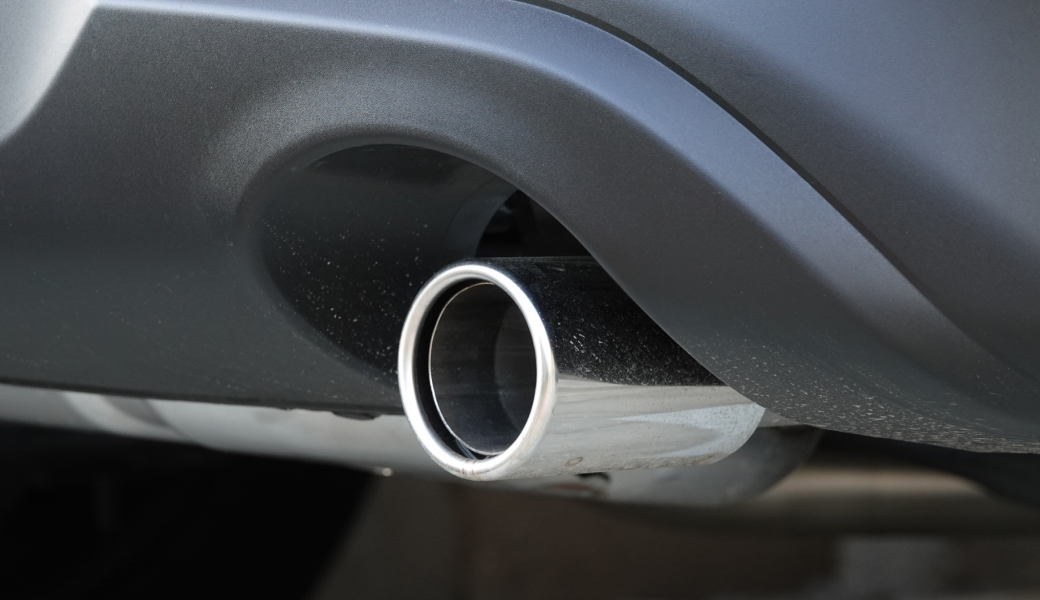
Adsorption
Sheets blended with porous functional materials such as activated carbon, carbon fiber, silica gel, and zeolite have excellent gas adsorption properties. SOx and NOx are contained in flue gas from coal-fired thermal power plants and factories and in vehicle exhaust. The activated carbon adsorption effect desulfurizes and denitrifies the gases. *Not all gases can be treated with this product.
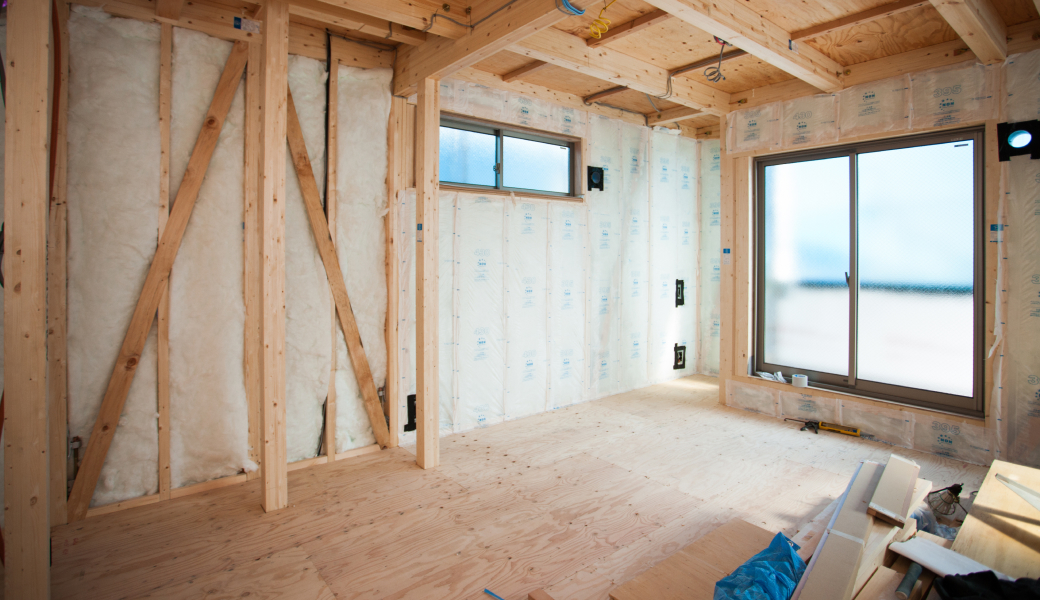
Sound Absorption
Air laid nonwoven fabrics with many voids are effective as porous sound absorbing materials. Its sound absorption effect is particularly pronounced in the mid to high frequency range. It is used as a removable sound absorbing material for noise reduction in home appliances and air conditioning. There is also a water-repellent type sound-absorbing material recommended for outdoor use.
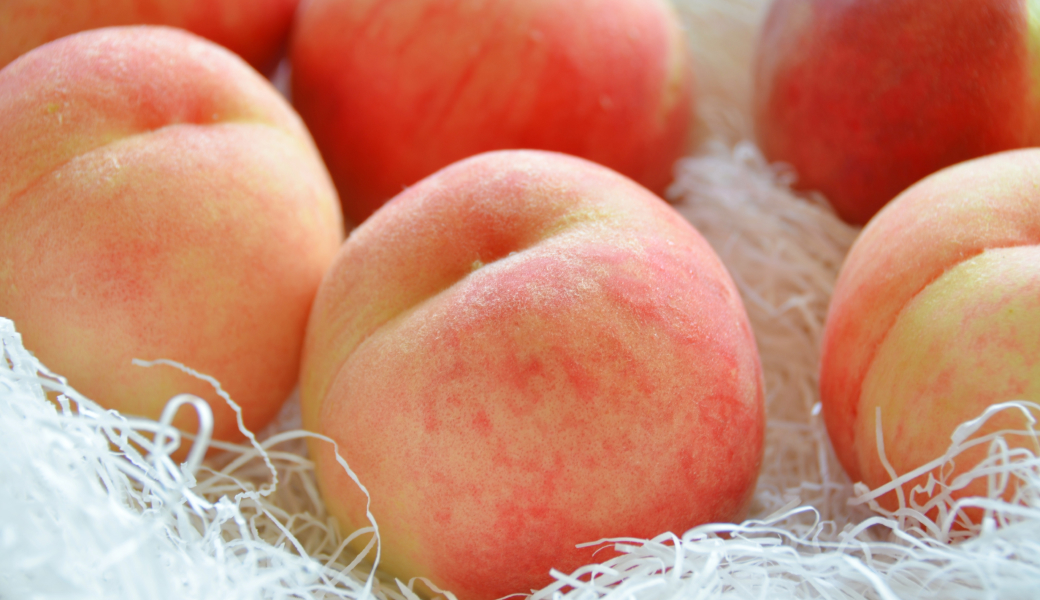
Moisture absorption
In a process that does not use water at all, super absorbent fibers (SAF) can also be blended. There is no concern about powder loss, and the material retains its shape after absorption. It is used in many fields, including industrial materials, medical, and daily sundries, such as dehumidification during transport packaging and prevention of dew condensation in electrical control boxes.
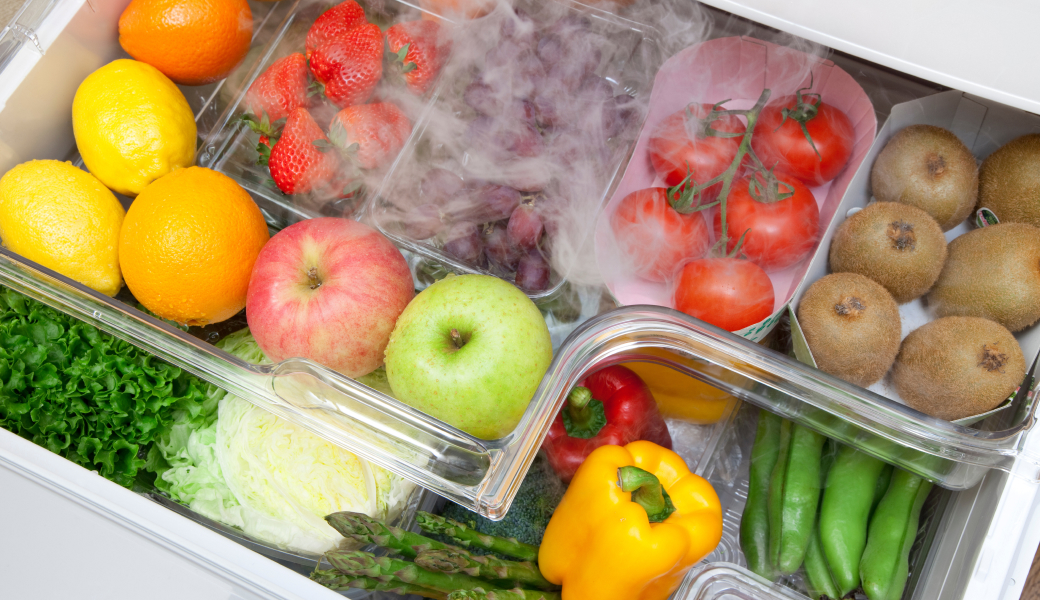
Moisture Absorption/Desorption
In Japan, where summers are hot and humid and winters tend to be cold and dry, humidity and temperature fluctuate widely. Sheets containing highly water-absorbent fibers or silica gel absorb moisture at high humidity and expel moisture at low humidity, maintaining an ideal condition inside an airtight space. They are used to maintain freshness in the vegetable compartment of refrigerators and as humidity-regulating materials for housing.
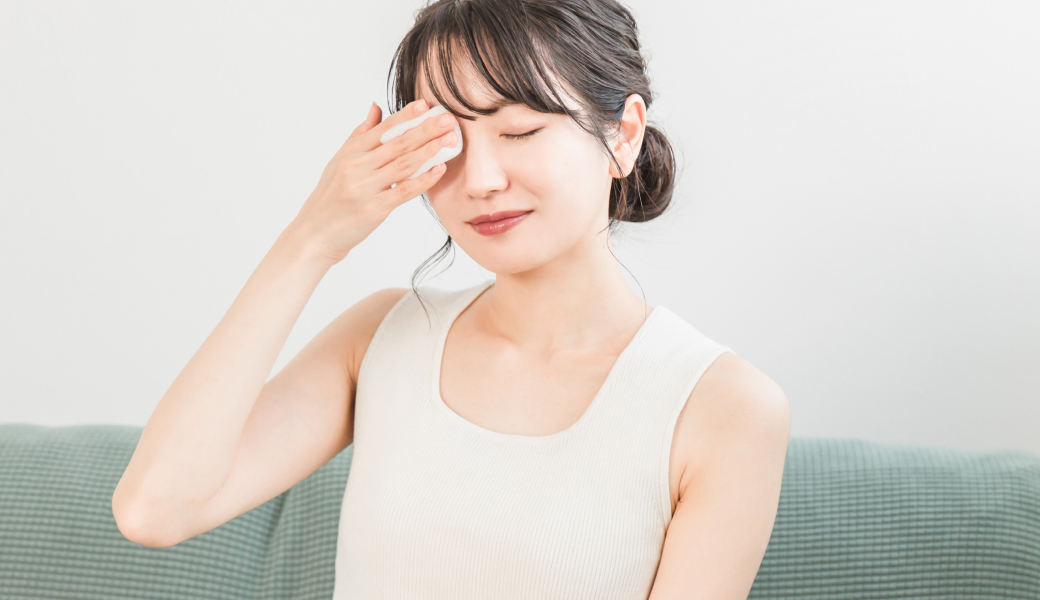
Others
Air laid nonwoven fabrics with a structure that has many voids can absorb not only light, low-viscosity liquids such as water, but also high-viscosity liquids such as various kinds of medicines and blood. Air laid nonwoven fabrics are used in many fields such as air freshener volatiles, absorbents for hygiene products, and cosmetic puffs.
